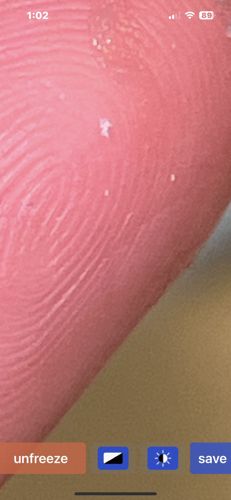Bird or Animal Mite (likely)
Scientific Name: Dermanyssus gallinae (Bird Mite) or Ornithonyssus sylviarum (Northern Fowl Mite) or similar
Order & Family: Order: Mesostigmata, Family: Dermanyssidae (for bird mites)
Size: 0.3 - 1.0 mm (very small to barely visible to the naked eye)

Natural Habitat
Typically found on birds or other animals, but can infest homes when hosts leave nests or die. They seek blood meals from warm-blooded hosts.
Diet & Feeding
Blood of birds and other warm-blooded animals. They are obligate hematophagous parasites.
Behavior Patterns
These mites are nocturnal feeders, usually feeding at night and hiding in cracks, crevices, or roosting areas during the day. They can survive for weeks to months off-host, especially bird mites (Dermanyssus gallinae). When their usual hosts are absent, they will seek out other warm-blooded animals, including humans.
Risks & Benefits
Potential risks to humans include irritating bites that can cause itching, skin irritation, and dermatitis. While they typically do not transmit diseases to humans, their bites can be very uncomfortable. They are pests to poultry and pet birds, causing stress, anemia, decreased egg production, and even death in severe infestations. There are no direct benefits to humans or the ecosystem typically associated with these mites.
Identified on: 10/26/2025